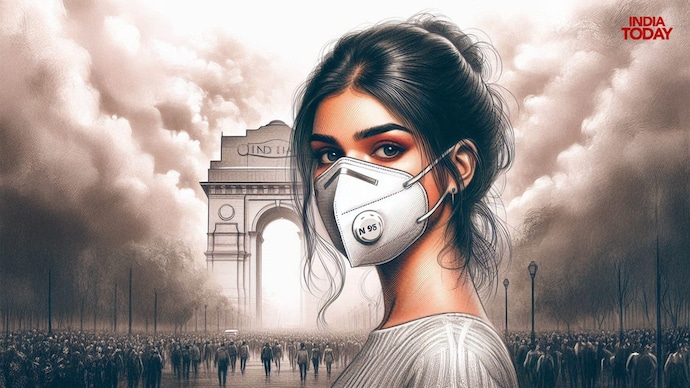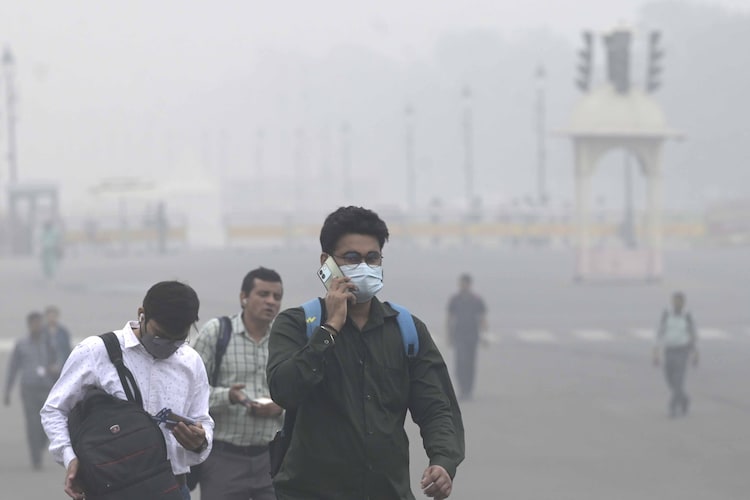IIT-Kanpur’s seven-year-long study reveals worst pollution trends in Delhi
The latest study from IIT Kanpur highlights the peak pollution months and suggests measures such as indoor activities and travel plans to reduce public health risks from PM2.5.

Air pollution remains a persistent environmental challenge for Delhi, with rising levels of particulate matter, particularly PM2.5, seriously impacting air quality. This pollution has led to an increase in respiratory diseases and an increased risk of heart attacks, posing a significant threat to public health.
A seven-year-long study conducted by the Indian Institute of Technology (IIT), Kanpur, published in October, showed that PM2.5 pollution is highest in Delhi in the months of October to January, peaking from the third week of October. Third week of November. Then it gradually declines from the second and third week of December and the first week of January.
The findings of the study from 2017 to 2023 also show that 10 pm to 11 am is the worst time for PM2.5 pollution due to atmospheric conditions. There is a strong possibility of severe AQI (air quality index) conditions again for a few days in the first week of January.
IIT researchers proposed a public advisory to address pollution-related health problems during the peak haze season from October to January to help reduce health risks and pressure on public infrastructure.
Key suggestions include limiting outdoor activities to the afternoon (1 pm to 6 pm) for children and the elderly, using N95 masks when going out and shifting to indoor spaces instead of avoiding physical exercise altogether. Is.

Residents are advised to keep windows closed at night and open only in the afternoon to reduce indoor pollution.
Families are encouraged to plan holidays or trips outside Delhi in early November, while communities are urged to delay non-essential construction projects until after February.
The advisory recommendations highlight the importance of air purifiers, especially when sleeping at night, and advocate increased use of electric vehicles and public transportation.
People are advised to work from home and hold virtual meetings when possible.
Other tips include walking down steep roads to avoid vehicle emissions and staying away from crowded areas for shopping or leisure.





